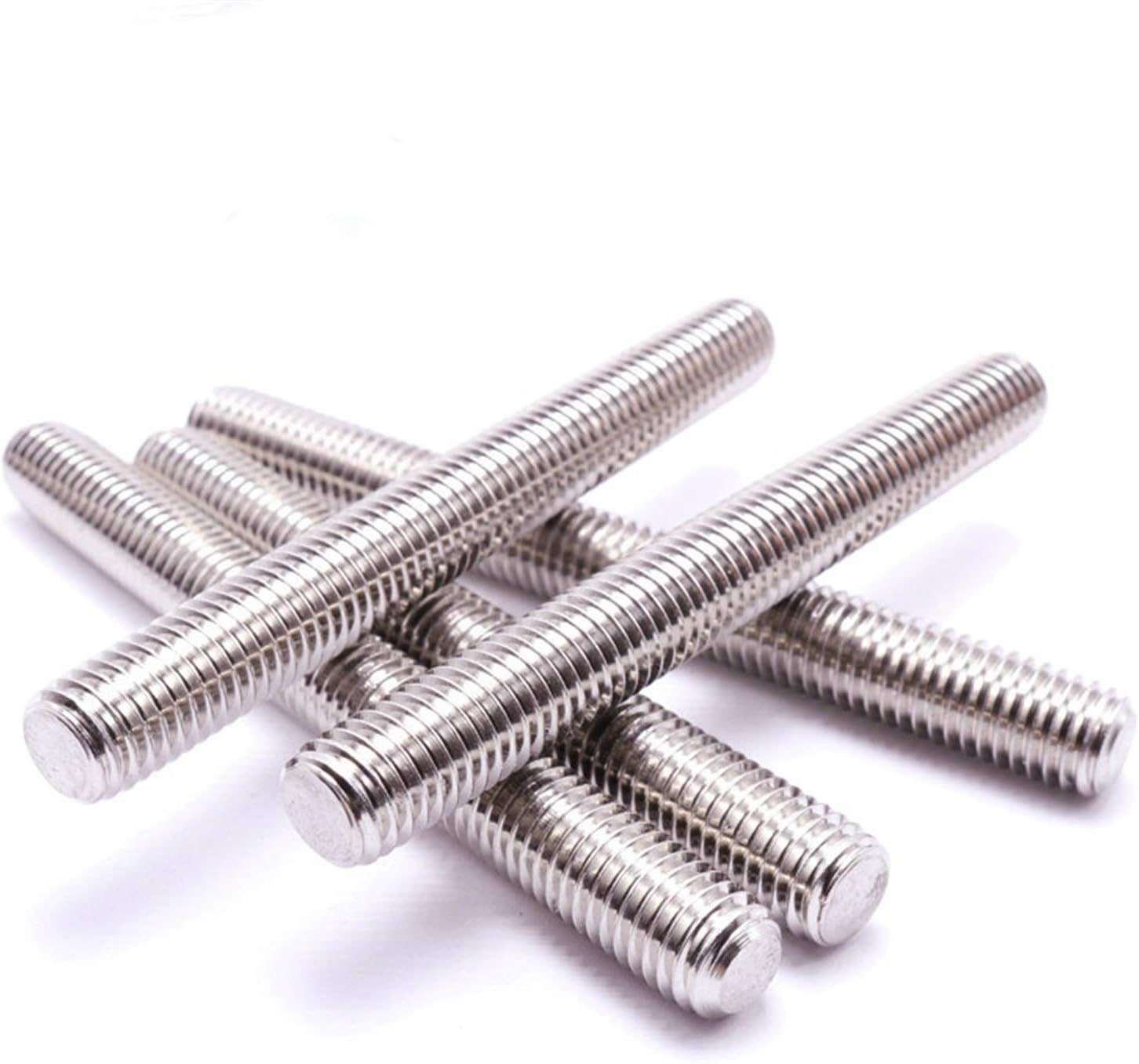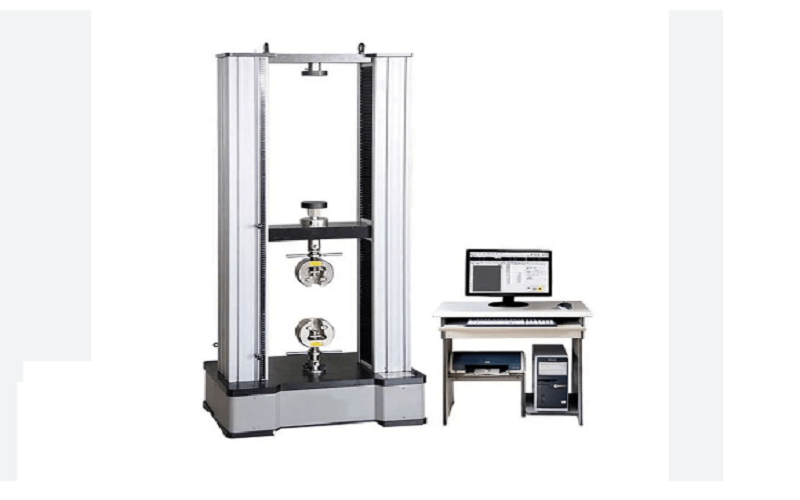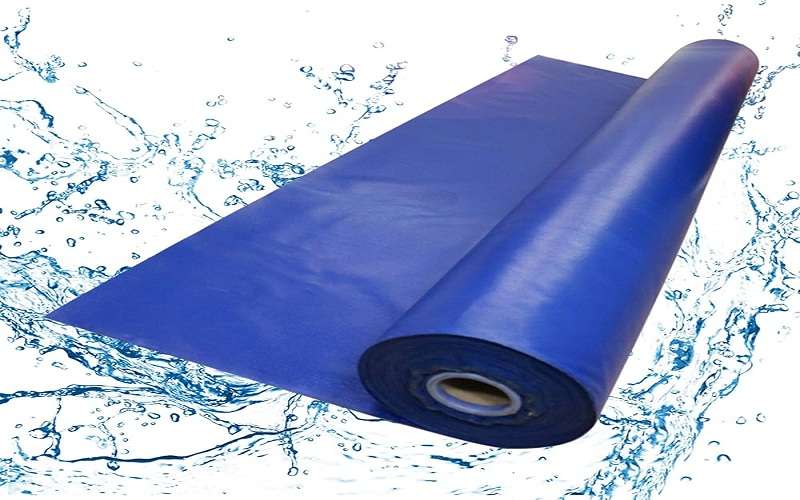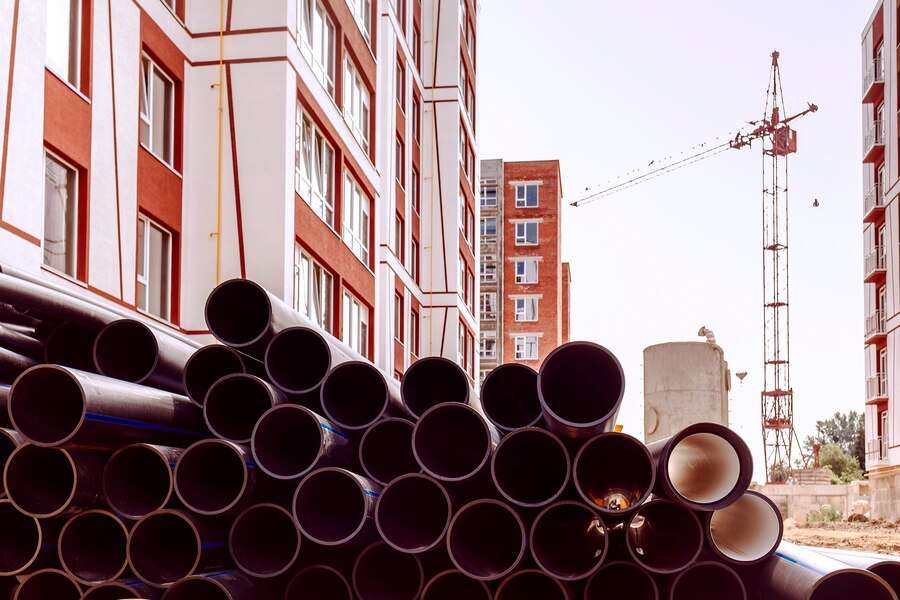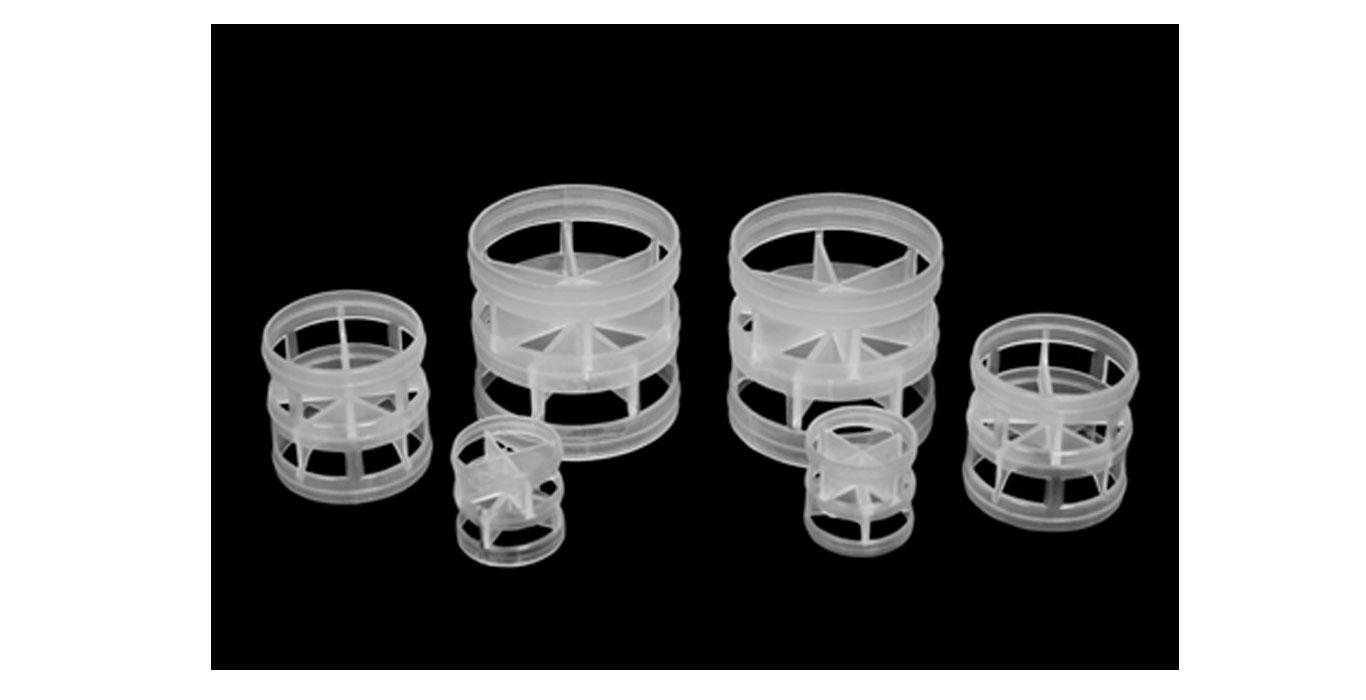When constructing durable and long-lasting structures, selecting the appropriate type of fasteners is crucial. SS threaded bar is one of the most commonly used fasteners in various industries due to its excellent properties. Threaded bars are highly versatile and can be used in various applications, from securing heavy machinery to erecting tall buildings. Moreover, using stainless steel (SS) threaded bars is increasingly becoming popular because of their excellent corrosion resistance, high tensile strength, and durability.
In this article, we look closer at SS threaded bars, their unique features, and their advantages over other fastening alternatives.
What is an SS Threaded Bar?
SS threaded bar, also known as an SS stud, is a fastener that consists of a long cylindrical rod with threads (grooves) running on its entire length, designed to fit nuts or washers. The SS threaded bars are made using stainless steel and are available in various diameters, lengths, and thread profiles, depending on their intended application. The most common types of thread profiles are UNC (Unified National Coarse), UNF (Unified National Fine), and metric standards. SS threaded bars are useful in various industries, including construction, infrastructure, manufacturing, and automotive.
Unique Features of SS Threaded Bars
Stainless Steel threaded bars are popular among engineers, contractors, and architects because of their unique features. Here are some reasons why these fasteners are preferred over other types in industrial and construction applications.
● Corrosion Resistance: Stainless Steel threaded bars are made using standard austenitic stainless steel, primarily grade 304 or 316, which makes them highly resistant to corrosion. They can withstand harsh environmental conditions, including high humidity, salt-water exposure, and chemical vapours.
● High Tensile Strength: Stainless Steel threaded rods are known for their high tensile strength, which makes them perfect for applications that require lightweight yet durable fasteners. The strength of an SS threaded bar depends on its diameter, thread pitch, and grade of stainless steel used.
● Durability: The SS threaded bars possess high durability, are non-magnetic, and can withstand high temperatures and vibrations without losing their mechanical properties.
● Easy to Install: Stainless steel threaded bars are easy to install and are compatible with several tools. An SS threaded bar can be installed using simple tools such as a wrench or ratchet.
Advantages of SS Threaded Bars
The use of SS threaded bars in various industries has numerous advantages. Here are some of the benefits of Stainless Steel threaded bars in the application.
● Cost-Effective: SS threaded bars are highly cost-effective compared to other fastening alternatives, such as bolts, screws, and pins. This is because threaded bars are longer and can be cut or trimmed depending on the desired length, making them ideal for various applications, from simple DIY projects to large-scale construction sites.
● Easy to Maintain: SS threaded bars require minimal maintenance, making them ideal for applications in remote or hard-to-reach locations.
● Versatile: Stainless Steel threaded bars can be used in various applications, including structural steelwork, cable management, scaffolding, electrical installations, etc.
● Longevity: The corrosion-resistant property of SS threaded bars ensures they have a long lifespan, reducing the need for frequent replacements.
In Conclusion
SS Threaded bars are a highly versatile, durable, and cost-effective fastening solution for industrial and construction applications. They offer unique properties such as corrosion resistance, high tensile strength, and durability, making them an ideal solution for challenging environments. The benefits of SS threaded bars include easy installation, low maintenance needs, adaptability, and longevity. SS threaded bars can help cut labor costs, minimize downtime, and reduce the need for frequent replacements, making them a popular choice among engineers and contractors alike.






